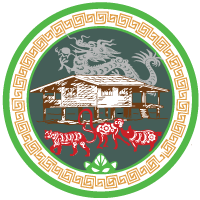Located in northeastern Vietnam, Ba Be National Park is a true sanctuary of biodiversity. This natural gem covers more than 7,600 hectares and is home to the largest freshwater lake in Vietnam, Ba Be Lake, a liquid mirror surrounded by majestic karst mountains, dense forests and caves with fantastical concretions. Welcome to one of the richest ecosystems in Asia, a paradise for all wildlife lovers!
► Discover the natural paradise of Ba Be National Park by bike
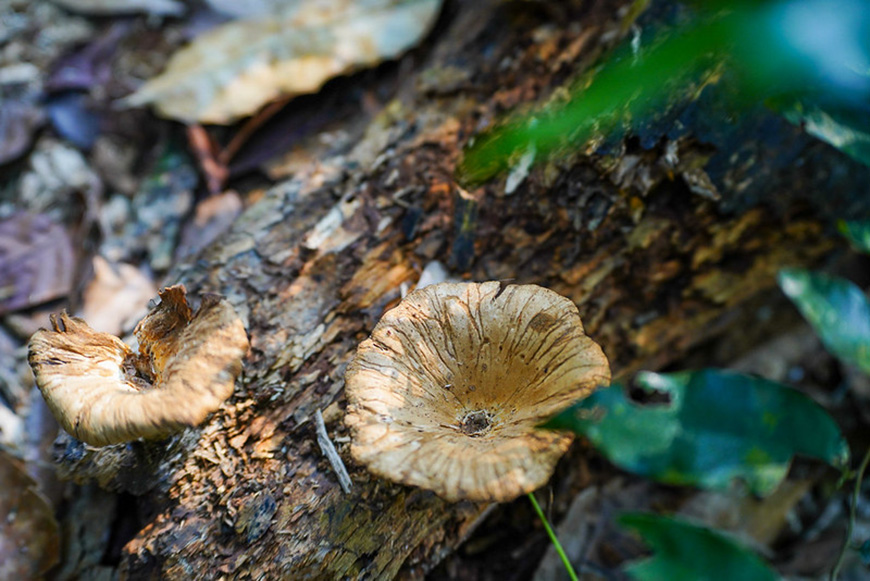
A botanical garden
on a grand scale
The park’s rainforest is a veritable giant botanical garden, where century-old trees, sometimes reaching 50 meters in height, stretch their tops towards the sky. Among this lush vegetation, you’ll discover wild orchids in vibrant colors, giant bamboos and a multitude of medicinal plants, treasures used by local communities. For botany enthusiasts, Ba Be is an exceptional place: there are more than 1,300 plant species, including around 200 species of orchids. Some of these orchids are endemic, making Ba Be the most diverse region for orchids in Vietnam and throughout Southeast Asia. The forest, mainly composed of evergreen trees, thrives on limestone soil.
Astonishing fauna at every turn
The national park is a veritable Noah’s Ark, home to an incredibly varied fauna:
In the trees: Primates, like the agile Francois’ langur with its adorable black face, move gracefully from branch to branch. In the sky: More than 200 species of birds color the sky with their plumage, from the majestic silver pheasant to the sparkling kingfisher.
Underwater: Ba Be Lake, meanwhile, is home to unique aquatic species, such as the giant golden carp and various freshwater turtles.
In the caves: The dark depths are home to bats, nocturnal butterflies and perfectly camouflaged snakes.
► Timeout observing animals : The fauna of Ba Be National Park facing climate change
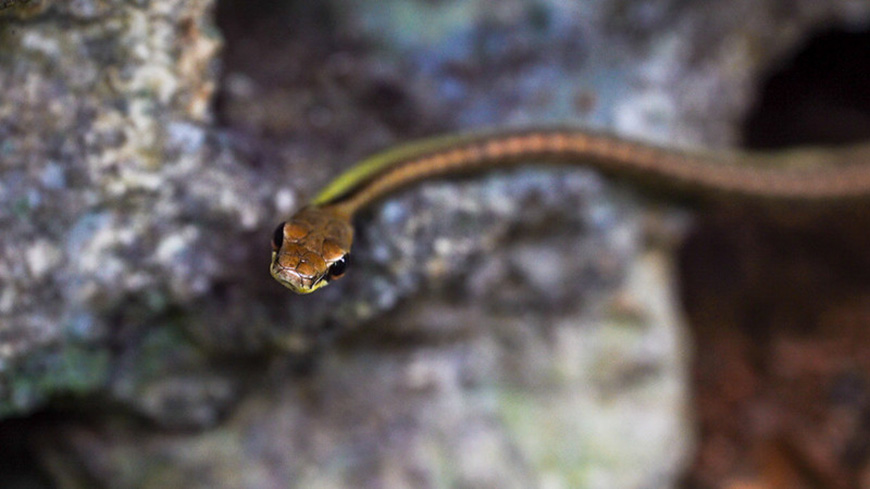
This biodiversity translates into impressive figures: more than 80 species of mammals, 27 reptiles, 17 amphibians, 322 birds, 106 fish and more than 550 species of insects and spiders. Among the most remarkable and endangered species that find refuge in Ba Be, we can mention the Owston’s palm civet, the otter, the Asian black bear, the Sunda pangolin and the pygmy slow loris.
A sanctuary to be preserved
at all costs
Ba Be Park is a vital sanctuary for many endangered species, such as the Vietnamese salamander, a rare amphibian, and the tiger, which has unfortunately become very scarce. Recognized as a Biosphere Reserve by UNESCO, Ba Be is committed to ecotourism and works closely with surrounding villages to ensure the preservation of its unique landscapes. In addition to this recognition by UNESCO, Ba Be Lake has also been a RAMSAR site since 2011, an international distinction highlighting the vital importance of its wetlands for the planet. This is one more reason to protect this priceless natural jewel!
► Ba Be National Park: an exceptional biodiversity reserve in the heart of Vietnam
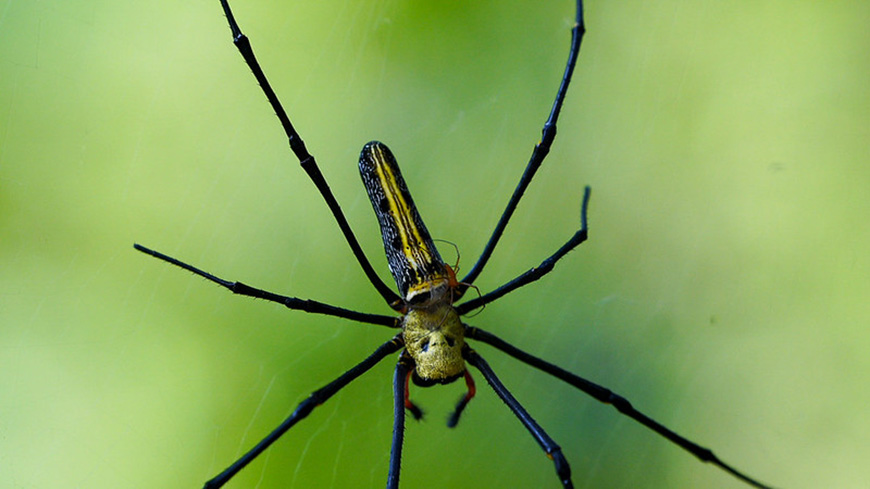
Responsible tourism
for a sustainable future
Ba Be National Park is not only a crucial refuge for endangered species, but also a prime destination for nature lovers, offering spectacular landscapes and exceptional biodiversity. However, this natural treasure faces significant threats, such as deforestation, poaching and the effects of climate change. Conservation efforts are therefore essential and actively pursued, including anti-poaching patrols and reforestation campaigns, to protect this unique natural heritage for future generations. To explore this paradise responsibly, it is important to follow a few simple rules: stay on marked trails, do not litter and use local guides. The inhabitants of the region, from ethnic minorities such as the Tay, H’mong and Dao, are delighted to share their in-depth knowledge of the plants and the fascinating legends of the lake.
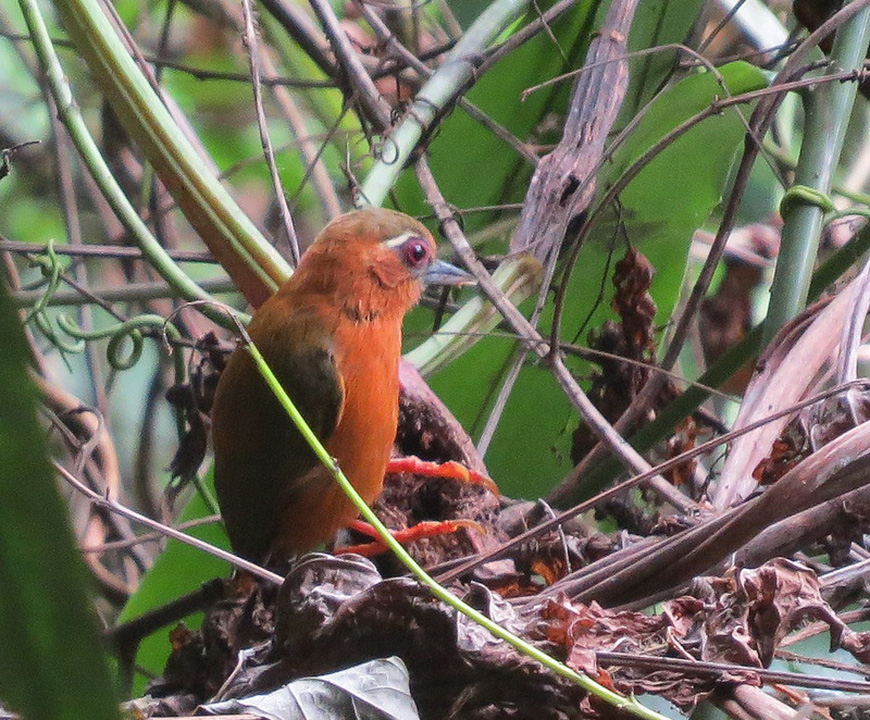
Ba Be: A natural destination
Ba Be is a real breath of fresh air, a magical place where nature and culture meet harmoniously. It is the ideal destination for an off-the-beaten-path getaway, where every rock, every animal cry, seems to tell a thousand-year-old story.
